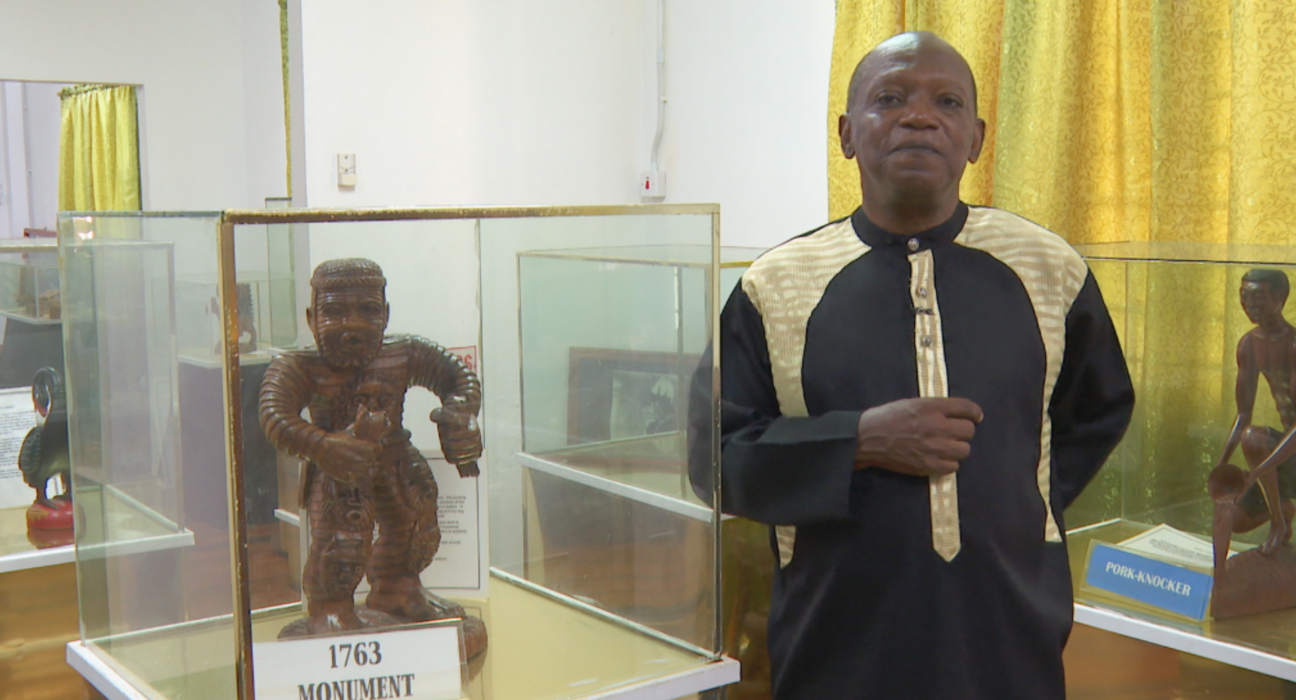By Nakasia Logan
As Guyana marks Arrival Day, it’s crucial to acknowledge the diverse groups who arrived in the country as indentured servants.
History reveals that indentured labourers came from various backgrounds, including Indian, Chinese, Portuguese, and African descent.
Contrary to common belief, African individuals were also indentured labourers.
Eric Philips, an African Historian and Chairman of the Guyana Reparations Committee, highlights that after the abolition of slavery, many Africans filled the labour gap as indentured labourers.
Between 1841 and 1865, around 13,355 indentured Africans arrived in Guyana from various regions.
This year commemorates the 186th anniversary of the arrival of East Indian immigrants from British India to British Guiana.
The first group arrived on May 5, 1838, to work on the sugar plantations.
Ivan Persaud emphasizes the cultural significance of their arrival, as they brought with them their traditions, religion, food, and customs, enriching Guyana’s cultural mosaic.
Over time, the arrival of different ethnic groups led to a blend of cultures in Guyana.
Africans and Indians lived together, fostering communal harmony and sharing traditions.
The historical record shows instances of intermarriage and connections between indentured labourers and African women, leading to the emergence of mixed-race descendants known as “dougla.”
Additionally, the indentured ship period saw the arrival of Chinese and Portuguese immigrants.
Chinese Ambassador to Guyana, Guo Haiyan, highlights the fruitful cooperation and diplomatic relations between China and Guyana.
The Portuguese immigrants, who arrived between 1835 and 1882, also contributed to Guyana’s development.
Arrival Day serves as a reminder of Guyana’s rich and diverse heritage, shaped by the contributions of various ethnic groups who arrived as indentured labourers.

